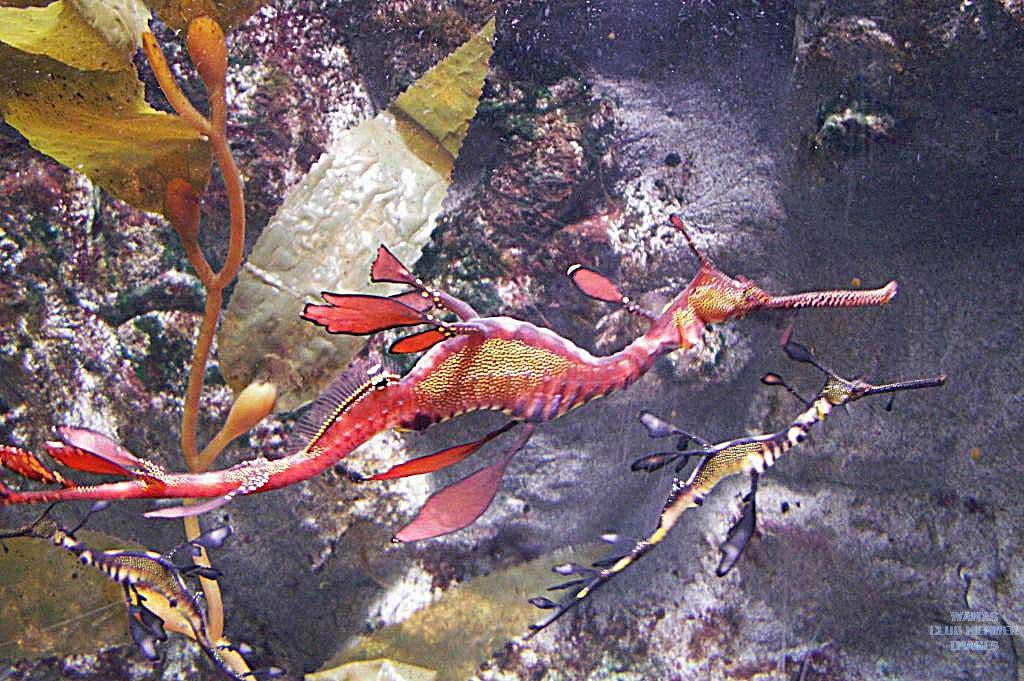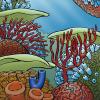-
Posts
1,236 -
Joined
-
Last visited
Content Type
Profiles
Forums
Gallery
Events
Store
Posts posted by Highland Reefer
-
-
+1 for Kalk.
Limewater (kalkwasser)
What Your Grandmother Never Told You About Lime
http://reefkeeping.com/issues/2005-01/rhf/index.htm
The Self Purification of Limewater (Kalkwasser)
http://www.advancedaquarist.com/issues/may2003/chem.htm
The Degradation of Limewater (Kalkwasser) in Air
http://reefkeeping.com/issues/2003-...ature/index.htm
Magnesium and Strontium in Limewater
http://www.advancedaquarist.com/issues/dec2003/chem.htm
How to Select a Calcium and Alkalinity Supplementation Scheme
-
More information is available in Randy Farley-Holmes article, Reverse Osmosis/Deionization Systems to Purify Tap Water for Reef Aquaria
http://reefkeeping.com/issues/2005-05/rhf/index.php
From this article:
Final Effluent pH
Aside from the issues discussed above concerning the effluent
-
I posted the deal on three websites, so I'm not surprised they sold out at all. I'd just chalk up the deal to S Happens. Seems others were very happy.
+1
-
IMO, the safest way would be to use a float switch connected to a dosing pump. The dosing pump would be set to just a little more than the evaporation rate of your system. This way if the float sticks on, then just a little more than your evap. demand would be applied. The problem with this kind of dosing pump is that they can be expensive.

-
Thanks Mark.

-
I did a phosphate test with a Merck and the readings were .05ppm and the Salifert test showed 0 from the same water sample.
Both kits have an error range of +or- 0.03 at the lower range, so they are both possibly within range. I would trust the Merck more.
Once the phosphate levels are down below 0.03 microalgae growth is the best indicator.

-
Which salt mix are you using? What are you using to test your pH with?
If for water changes, you are using a high calcium/high alk. salt mix, then your levels may just stay where they are at.
-
IMHO the Hach PO-19 & the D&D Merck are the two most accurate phosphate test kits for under $100.00.
I think you could get by with the Salifert Kits though at less than half the price.

-
Depending on your phosphate kit, you may have levels just below 0.5 ppm. Many kits will read zero at that level.
I would run GFO to get your phosphate levels down lower. When the microalgae starts do die off then you are there. You can adjust your GFO by increasing the amount you add to a reactor and/or replacing the GFO more often.

-
Any links with microscopic pictures for IDing common microalgae found in reef systems?
-
Microalgae can become a problem for you if your phosphate levels rise above 0.03 ppm. Nitrates levels should be kept below 0.2 ppm for a tank with sps in it. These are the major factors in deciding how many fish you will want to add to a reef system. You should buy good quality phosphate and nitrate test kits for readings at low levels.
-
This article may shed some light:

Ultraviolet Radiation and Aquarium Lighting
By Dana Riddle
Riddle Aquatic Laboratories
-
If you buy a refractometer, then you should also buy the proper calibrating fluid for salt water: American Marine Pinpoint 53 mS/cm calibration fluid.

For further details why distilled water may be inaccurate see Randy Farley-Holmes artice:
Refractometers and Salinity Measurement
-
+1 BRS products.
-
A 5 gallon bucket full of sand will weigh approximately 60 - 65 lbs. It would depend on the thickness of the glass on the bottom of your tank. Placing a piece of flat plastic on the bottom larger than the bottom of the bucket will help disperse the weight over a larger area, than just the rim of the bucket bottom. You would not want the bucket to be tilted, such that all the weight is concentrated on a small area.
I would guess that any aquarium that will hold a 5 gallon bucket will hold the weight.

-
I don't think seagrasses would be a good choice for CO2 reduction. They require at least 4-6" inches of fine substrate (okay if you have a DSB), but are unpredictable. My Thalassia/Turtle grass (supposedly difficult to grow) is doing well, but both my Syringodium/Manatee grass and Halodule/Shoal grass have died off. The Syringodium did flower before disappearing, and I disturbed the roots of the Halodule, so maybe that's my fault.
In other words they are finicky....I would guess that something easy like Caulerpa would do just as well at reducing C02, and would be much less of a pain

-R
Thanks for the input. I am no longer concerned about reducing CO2. Now that I have bought Tim's (ExtremeToothDecay) 125 gallon tank, I want to do something different with it. I was thinking about a macroalgae and seagrass theme. Maybe rocks with macro on one side, phasing into the seagrass on the other (maybe rocks in the middle). I am aware that I will need at least 6" of fine sand in the bottom. The seagrass will need good lighting. I have a 250 watt metal halide already. Probably will need to dose iron for the seagrass. Ideas & critiques would be greatly appreciated.

I will be plumbing this into my exisitng system.
-
It could be any number of problems. If it is an organism, like a bacteria, I would get rid of the problem before it possibly spreads.
-
If you could by the above dragons, they would probably cost about $10,000.

-
I think I would like to build this tank with Sea Dragons in it. Anyone know anything about them?

-
Here are a couple of articles on the subject that I found interesting:

Main Attraction -Beautiful Seagrasses - Keeping True Flowering Plants in Your Marine Aquarium By: Anthony Calfo
http://www.reefland.com/rho/0305/main3.php
Beyond the Regium: Segrass Aquaria: http://reefkeeping.com/issues/2006-04/sl/index.php
-
I have not seen any locally. I am good for a group buy.

-
"Below is a list of all of the marine plant vendors taken from this thread. Where to get macroalgae and marine vascular plants. The links are listed in the order in which they appeared in that thread. Please refer to that thread for discussion and some vendor experiences.
Nova Southeastern University Oceanographic Center
Connecticut Valley Biological Supply Co.
MarinelifeThey ship in Europe and Switzerland in 48 hours with UPS.
Not sure if the Barrreport sells plants, but they were in there so I put them here.
--------------------------------------------------------------------------------------------------------------------------------------------------------------------------------
http://www.reefcentral.com/forums/showthre...hreadid=1049159
-
Count me in if you get some grasses. I'd love to have some...
Sounds good. I am researching what is needed to start this type of a bio-system: substrate, lighting, water flow, etc. & which fish will work best.

-
I have been reading about Sea Grasses and have been contemplating installing a new aquarium into my existing system. From my understanding, sea grasses use quite a bit of CO2 and in some cases need to be supplemented with it. I would assume that sea grass may reduce CO2 levels and result in a higher pH. Does anyone have any experience with this?




MAJOR Tank CRASH!!!!!!!!!!!
in General Discussion
Sorry to hear about this.